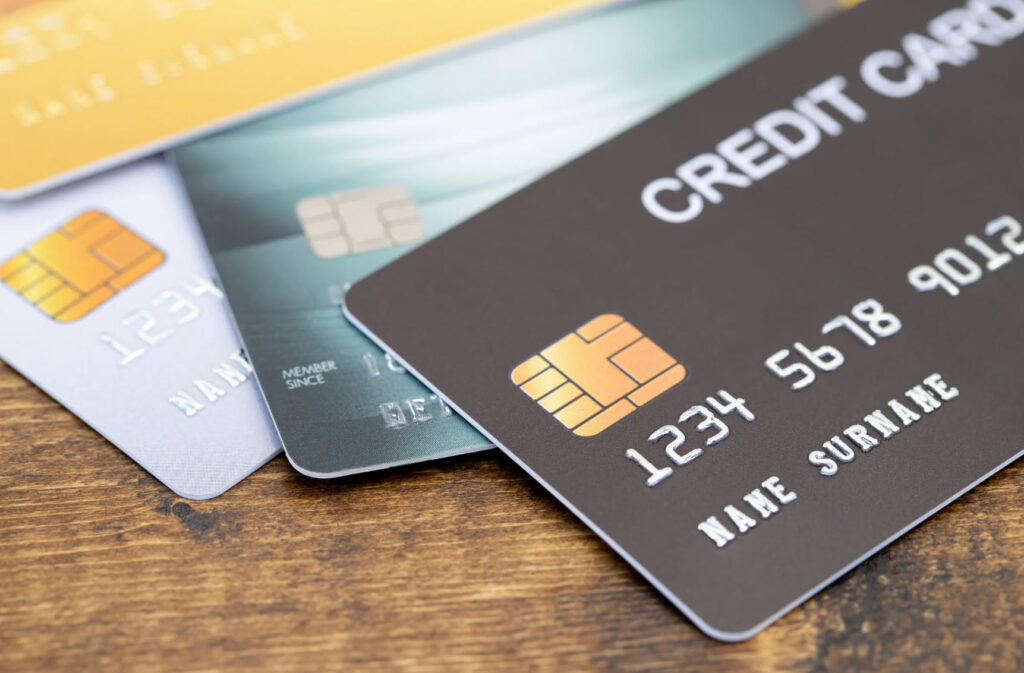Unveiling the Truth Behind Credit Card Rewards
In this article, I discuss the world of credit card rewards, exposing the hidden truths and examining the impact on consumers and companies:
The Profitable Yet Addictive Nature of Credit Card Rewards
Credit card companies rake in billions in revenue from rewards cards, making $9.9 billion in fees, $41 billion in interchange fees, and almost $90 billion for their issuing banks, for a total of around $140 billion. Half of that comes from rewards cards. People who hold reward cards tend to spend more, have more debt, and tend to default more often. However, consumers can save money if they use them judiciously. However, the addictive nature of credit card rewards can also lead to debt accumulation and higher interest payments.
Disproportionate Impact on Low-Income Households
It’s evident that credit card fees and interest disproportionately affect low-income households. With higher credit scores resulting in higher fees, low-income households are more likely to carry credit card debt. Being less affluent, they are less likely to be able to pay off their balances, causing them to carry their debt from month to month, leading to higher APRs.

What is APR?
APR, or Annual Percentage Rate, is a term used in the context of credit cards to describe the yearly interest rate charged on borrowed funds. APR is a comprehensive measure that includes not only the interest rate itself but also any additional fees or costs associated with the credit card. It’s expressed as a percentage and is used to help consumers compare different credit products.
Here’s a breakdown of what APR entails:
Interest Rate:
This is the basic rate charged on the borrowed amount. It’s what most people think of when they consider the cost of borrowing money.
Additional Costs:
APR also factors in other charges that might be associated with the credit card. This can include annual fees, service charges, and other costs. Not all credit cards have these additional fees, but if they do, they’re included in the APR calculation.
Different Types of APR:
Credit cards often have different APRs for different types of transactions. For example, there might be one APR for purchases, another for cash advances, and yet another for balance transfers. Additionally, some cards offer introductory APRs that are lower for a set period before reverting to a higher standard APR.
Impact on Costs:
The higher the APR, the more you’ll pay in interest if you carry a balance on your credit card. It’s important to understand your card’s APR and how it’s applied to your balances to manage your credit card debt effectively.
Variable vs. Fixed APR:
Some credit cards have a variable APR, which means the interest rate can change based on certain economic indicators, like the prime rate. Others have a fixed APR, which remains constant unless the credit card issuer decides to change it.
Understanding APR is crucial for managing credit card debt and making informed financial decisions. It’s always a good idea to read the terms and conditions of a credit card to fully understand the APR and how it’s applied.
Impact on Prices
Every time a retailer processes a credit card payment, there is a merchant fee and an exchange fee to cover the costs associated with accepting, processing, and authorizing the transaction. Merchants pay over $120 billion a year to accept cards. You may have even seen retailers or even your local barbershop ask you to make payment in cash or debit to enable the merchant or barber from being charged these fees. However, to earn rewards, many customers pay with reward cards increasing costs to the retailer. Retailers set prices with this in mind, usually just adding the transaction cost to the cost of the service or product. Consequently, the cost of the reward card is ultimately put on the consumer through overall higher prices. So think about it this way, if you don’t pay for your good or service using a credit card, maybe you pay by cash or debit, you are paying for the rewards for those who pay by credit card. In short, you end up paying for the next customer’s credit card reward. Further, you are paying higher sales taxes because you are paying more than you really should for your product or service. Think about this next time your friend brags that their flight to a destination was free because they used points. It wasn’t free; someone had to pay, and it was probably you.
Also Read:
- How Do Credit Scores Work
- How Do Credit Cards Work
- Credit Card Rewards. Who Pays?
- Credit Score and Your Mortgage
- Hard vs Soft Credit Pull
Debunking the Myth: Are Credit Card Rewards Always Beneficial?
While credit card rewards can be advantageous if used frequently, carrying a balance can negate the rewards. Therefore, it’s crucial to use rewards cards responsibly and avoid carrying a balance to maximize the benefits.
The Dark Side: Incentivizing Overspending and Overborrowing
Credit card rewards can inadvertently lead to overspending and overborrowing, particularly for subprime and near-prime consumers. This puts them at a higher risk of delinquencies and accumulating higher balances and collections.
The Redistribution Effect and Profitability of Rewards Cards
Subprime consumers earn minimal rewards and end up paying more in interest, resulting in a significant annual redistribution of wealth from less to more educated, poorer to richer, and high to low minority areas. Despite this, rewards cards remain independently profitable and are not cross-subsidized by interest payments.
Behind the Scenes: Profits, Risks, and Potential Solutions
Unveiling the major sources of profit, such as net interest income, and the substantial credit losses in the credit card business sheds light on the inherent risks. Moreover, potential solutions, including the debate around the Credit Card Competition Act and the recommendation of secured credit cards for responsible usage, present possible paths forward.
In conclusion, credit card rewards can be a double-edged sword, offering benefits when used responsibly but posing risks of debt accumulation. Like almost every financial instrument, reward credit cards are neither good nor bad; it all comes down to their responsible and knowledgeable usage. Understanding the disproportionate impact on low-income households and the redistribution effect sheds light on the broader implications. Moving forward, informed decision-making and responsible usage are key to maximizing the benefits while mitigating the risks.












